When I think about the marvels of modern transportation, escalators rarely pop into my head. Still, these moving staircases have totally changed how we get around steep places since someone dreamed them up back in 19th-century America.
Potenza, a historic Italian city sprawled across steep hills, shook up urban mobility by building a sprawling escalator system that links its ancient levels. Now, it’s so much easier for locals and travelers to move through the vertical cityscape.
Walking through Potenza now, I’m always struck by how the old and new blend together. The city’s creative answer to its wild terrain didn’t just fix a practical headache—it completely changed how people experience this ancient place.
As I glide between levels, I can’t help but feel grateful for how this escalator network keeps the city’s historic character intact, yet opens it up to everyone.
Potenza’s escalators remind me that sometimes, the smartest innovations aren’t about inventing from scratch. Instead, it’s about finding clever ways to connect what’s already there.
This system has turned into something way more than just a convenient way to get around. It’s now a piece of Potenza’s personality, transforming what used to be a brutal climb into a surprisingly fun trip through history.
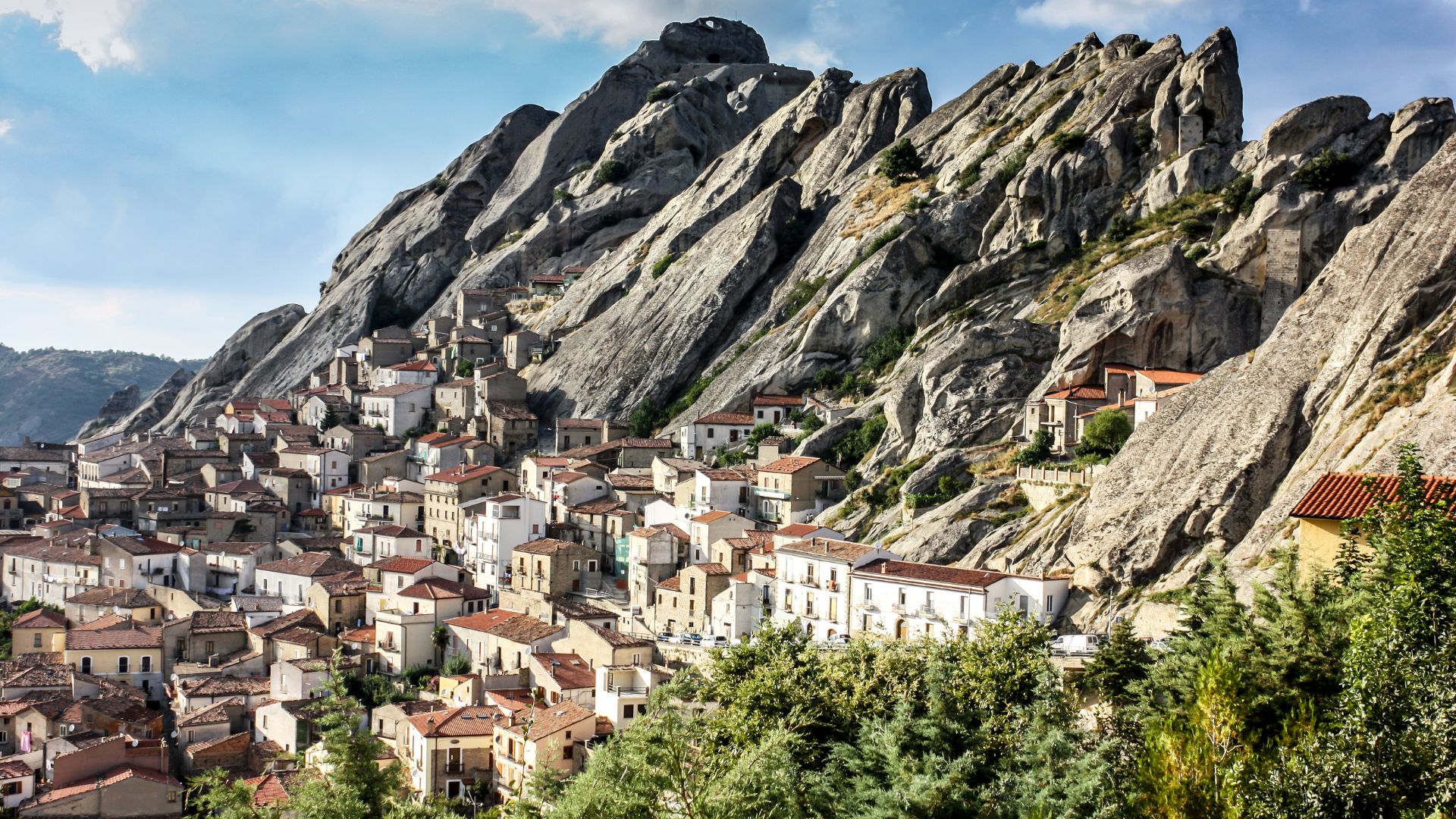
Potenza’s Unique Topography and Ancient Urban Layers
Potenza’s dramatic hillside setting has shaped its growth into a city with multiple levels. Ancient and modern layers wind through its steep landscape.
The Hills and Historical Development
I still remember my first look at Potenza’s wild topography. The city perches at about 819 meters above sea level in the southern Apennines, making it one of Italy’s highest regional capitals.
Early settlers picked these hills on purpose—they wanted the defense the elevation provided.
As you walk around, you can see how the city grew up around the slopes. Medieval buildings make up the base, and newer ones stack right on top.
The city sort of spirals outward and upward from its old center.
What fascinates me is how Potenza’s people just leaned into the slopes. Instead of fighting the hills, they made them part of the city’s soul.
You’ll stumble across streets that suddenly turn into staircases, and buildings where the ground floor on one side is the third floor on the other. It’s quirky and unique.
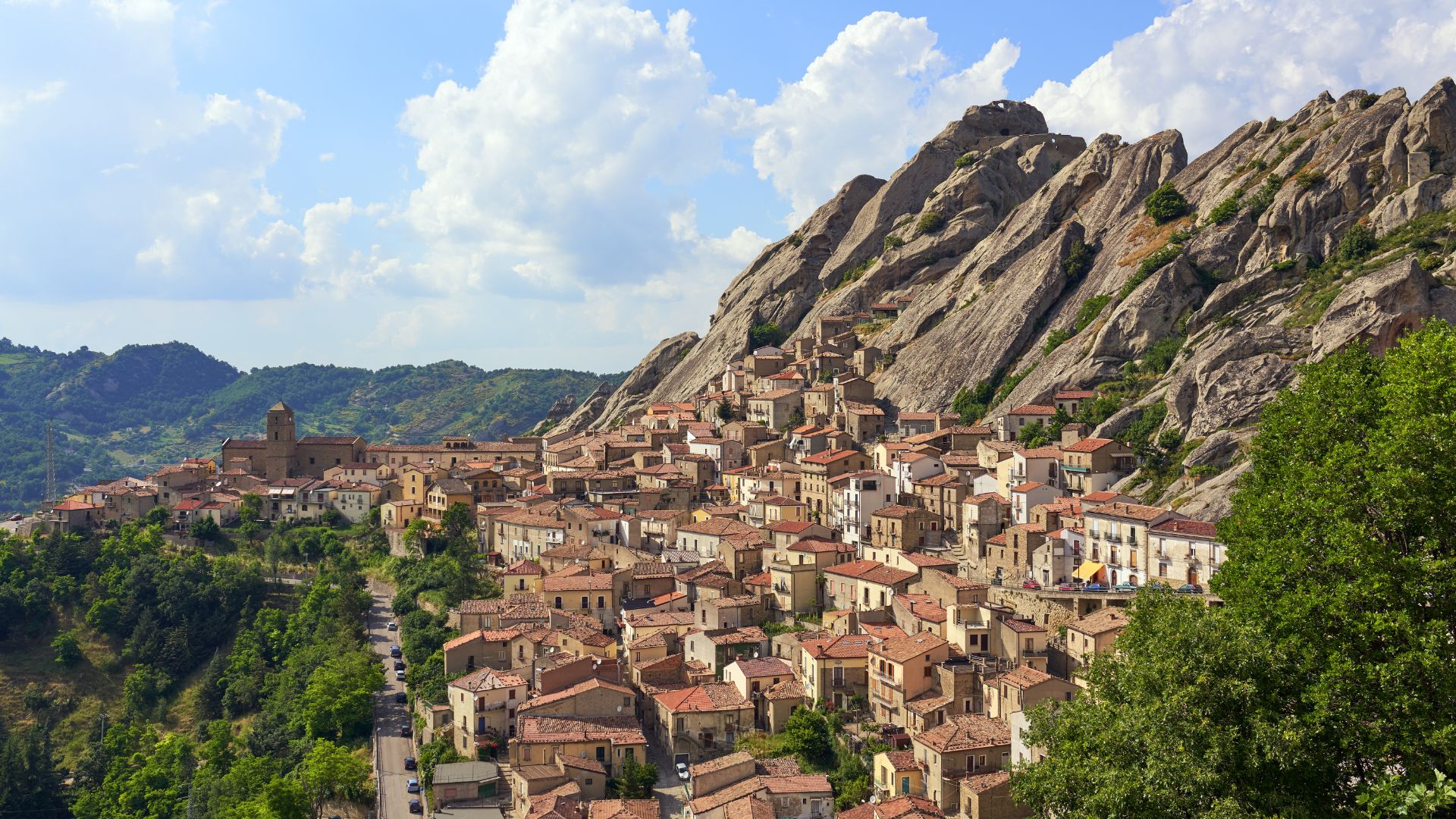
Landmarks and Significant Points of Interest
The Duomo of San Gerardo towers over Potenza’s skyline and dates back to the 12th century. I spent ages exploring this cathedral, which has been rebuilt more than once after earthquakes.
Its bell tower gives you some of the best views across the city’s rolling hills.
Nearby, Torre Guevara stands as a medieval watchtower. It’s one of the last pieces of the old city walls and really shows how important Potenza was strategically.
The Roman Bridge is a can’t-miss spot, even though most of it has been rebuilt. It marks where ancient Romans first crossed the Basento River below.
I didn’t expect much from the National Archaeological Museum of Basilicata, but it’s packed with artifacts from the region. Some pieces even come from Lucanian settlements that predate the Romans.

Via Pretoria: Potenza’s Central Artery
Via Pretoria runs like a spine through Potenza’s historic center. I love strolling this pedestrian street along the hill’s ridge.
It’s the city’s living room—locals gather here for the classic evening passeggiata.
The street links up with landmarks like Piazza Mario Pagano, which has this cool octagonal layout, and the Teatro Francesco Stabile, Basilicata’s oldest theater.
Both sides of Via Pretoria are lined with colorful buildings, shops, and bustling cafés.
What makes Via Pretoria stand out is how it stays level along the hilltop, while the side streets drop steeply away. I found that these plunging side roads offer jaw-dropping views of the valleys below.
Escalators in Potenza: Connecting the City’s Past and Present
Potenza’s wild topography splits the city by elevation—its medieval center crowns one hill, and newer developments sit on another. To handle this 300-foot vertical gap, the city built Europe’s most ambitious escalator system. This move changed the way people get around, all while keeping Potenza’s historic vibe alive.
Why Escalators? Overcoming Vertical Challenges
Walking in Potenza before the escalators meant sweating up steep climbs to get between the old center and the newer neighborhoods. The city’s hills make for a 300-foot difference—no joke if you’re carrying groceries or just trying to explore.
City planners had a real puzzle: how do you connect a medieval core with modern districts, especially when the streets are narrow and twisty?
They didn’t go for trams or buses, since those wouldn’t fit. Instead, they dreamed up an escalator system that would become the longest in Europe.
They kicked things off in 1994 with a route stretching 430 meters, linking viale Marconi in the lower city to via del Popolo in the historic center.
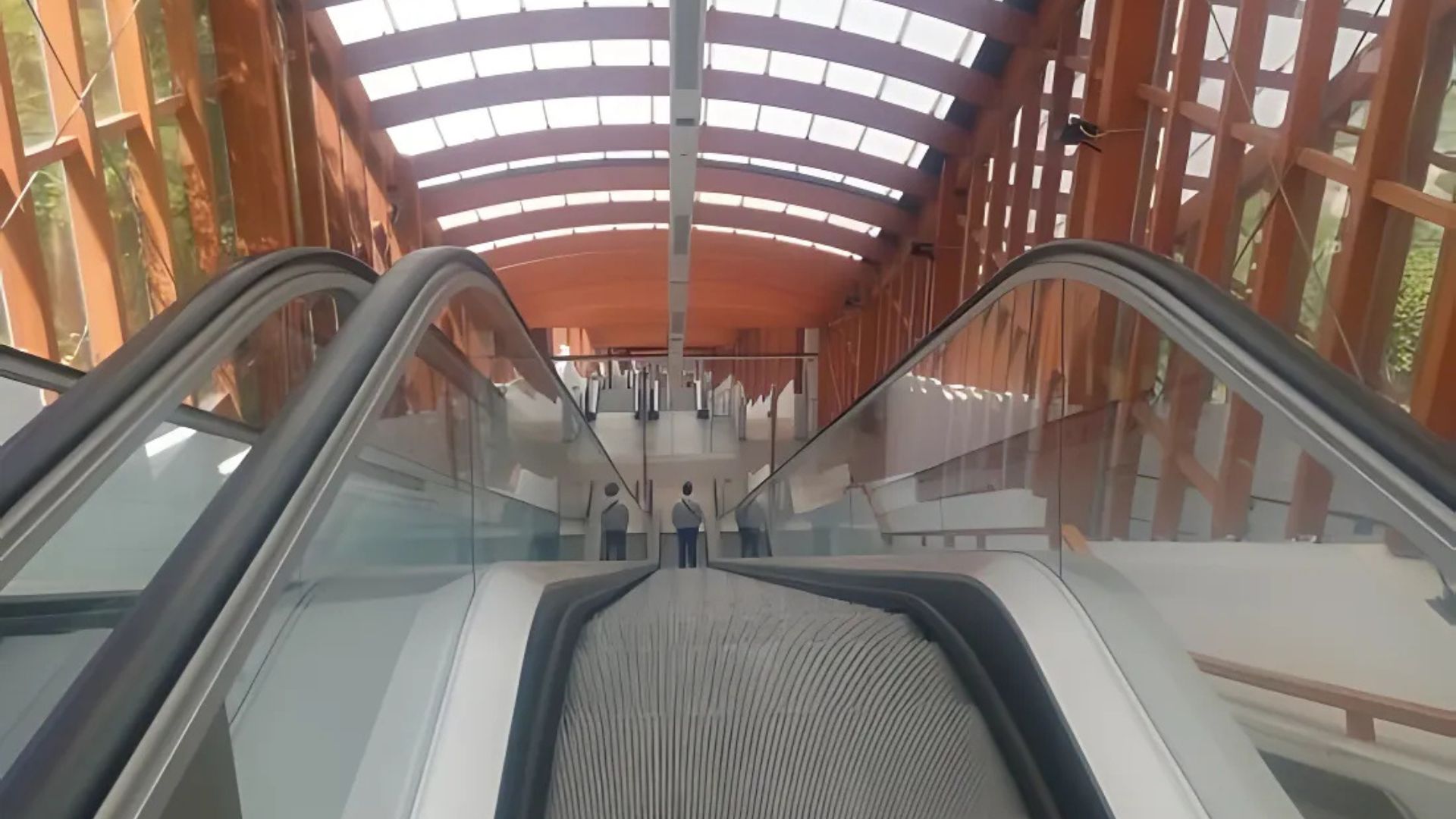
Innovative Engineering in an Ancient Context
Potenza’s escalator project is honestly huge. The whole network covers about 1.3 kilometers (around 4,200 feet), making it Europe’s longest.
Engineers had to work around old buildings and tricky slopes. The system uses multiple segments to snake through Potenza’s complex layout.
What impresses me is how the escalators blend in with the medieval scenery. Instead of sticking out, they’re tucked in thoughtfully, giving you a sense of continuity between old and new.
This system shows real commitment to pedestrian life, even in a world ruled by cars. It’s a bold example of smart engineering meeting respect for history.
Urban Mobility and Traveler Experiences
Riding Potenza’s escalators isn’t just handy—it’s fun. I love how the ride gives you sweeping views of the city, something you’d miss in a car.
Locals have seen their daily routines transformed. What used to be a tiring hike is now a breezy ride, opening up the historic center to everyone, no matter their age or ability.
For travelers, the escalators offer a wild cross-section of Potenza’s identity. You start in the modern lower city and pop out in the medieval upper town, watching centuries of architecture fly by in minutes.
The city keeps the system safe with clear signs, regular checkups, and security features. Families with kids don’t have to worry.
Things To Do: Exploring Potenza By Escalator
If you want to try the escalator route, I’d start at Viale Marconi in the morning. By the time you reach the historic center, the cafés will be open, perfect for grabbing a classic Italian breakfast with a view.
Top Escalator Stops:
- Via del Popolo – Check out local shops and admire the architecture
- Piazza Mario Pagano – The main square, great for people-watching
- Duomo di San Gerardo – Potenza’s stunning 13th-century cathedral
The escalators drop you right by the National Archaeological Museum of Basilicata, where you can dig into artifacts that go back to prehistoric times.
TripAdvisor reviews show most visitors love the escalators, especially since they make exploring Potenza’s hills so much easier and more fun.
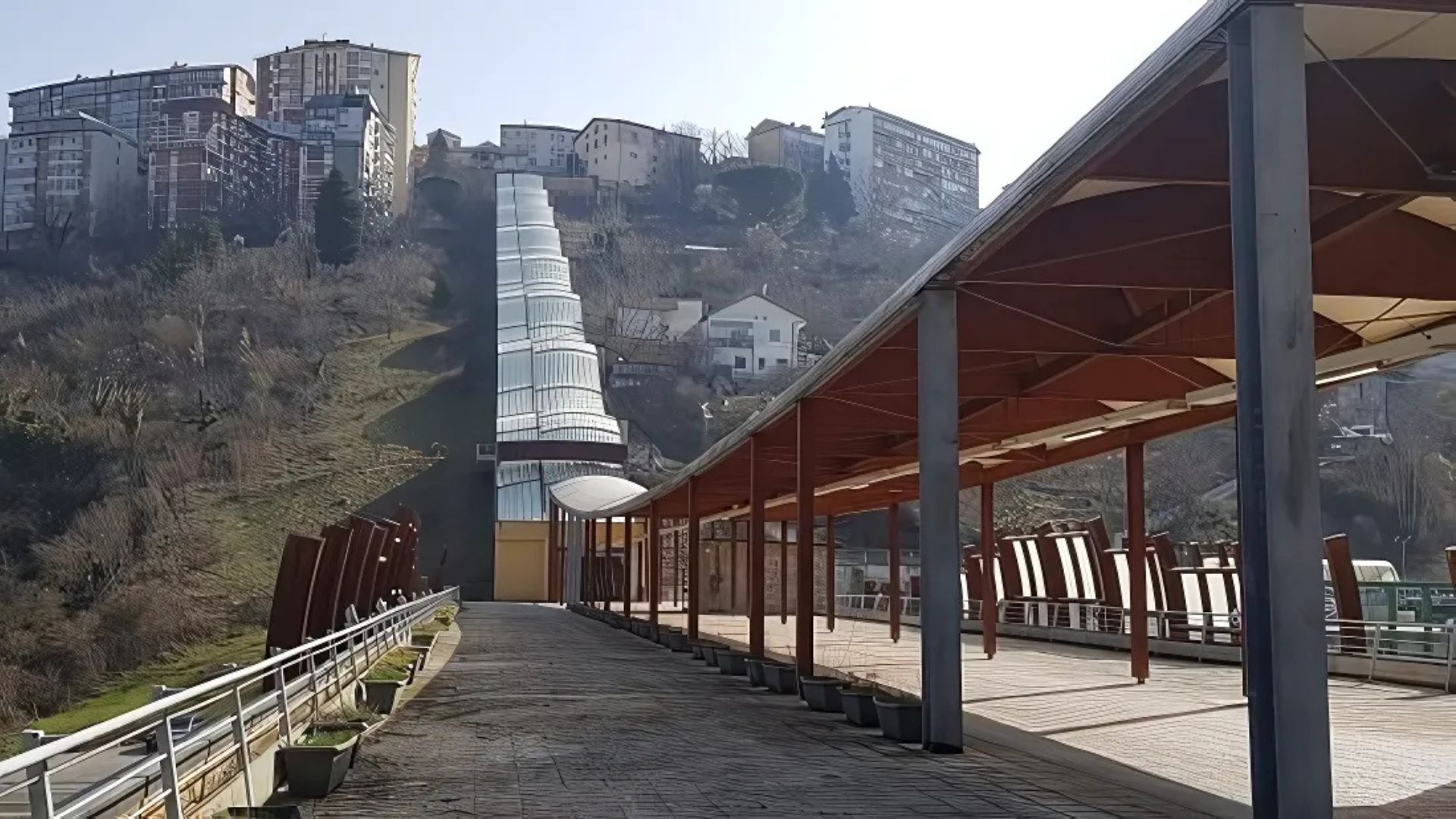
Historical Landmarks along the Escalator Route
Potenza’s escalators don’t just bridge different heights—they take you through the city’s history. As you ride up or down, you pass buildings and monuments that tell the story of this vertical city.
Towers, Frescoes, and Crypts
On my first ride, the medieval towers caught my eye. Torre Guevara, dating to the 13th century, stands out as a symbol of the city’s resilience through earthquakes and war.
The escalator glides past buildings with fascinating frescoes. Some are from the 15th century, showing off religious scenes and daily life in medieval Potenza.
If you’re curious about early Christian history, check out the ancient crypts beneath San Gerardo Cathedral. These underground rooms hold artifacts and burial sites that bring the past to life.
The Influence of Ancient Civilizations
Potenza’s spot in southern Italy made it a crossroads for ancient cultures. You can spot Greek influences along the escalator’s path.
Look for Roman remains near the lower stations, including pieces of an ancient road that once linked up with the Via Appia.
I was surprised to learn that builders reused stones from these old roads in medieval buildings you can still see from the escalator.
You’ll also spot Egyptian and Middle Eastern touches on buildings near the mid-section stops. These came from trade ties and returning crusaders, who brought home new styles that mixed with local traditions.
Notable Churches and Religious Sites
The Cathedral of San Gerardo sits at the upper end of the escalator route. Built in the 12th century and rebuilt after earthquakes, it holds some incredible religious art and treasures.
Santa Maria del Sepolcro Church is near a mid-level stop. Its name nods to Jerusalem’s Holy Sepulchre, hinting at Potenza’s old pilgrimage connections.
The Church of San Francesco stands out with its rose window and bell tower, which you can spot from different escalator sections. Inside, there’s a peaceful cloister—a nice break from the escalator’s hum.
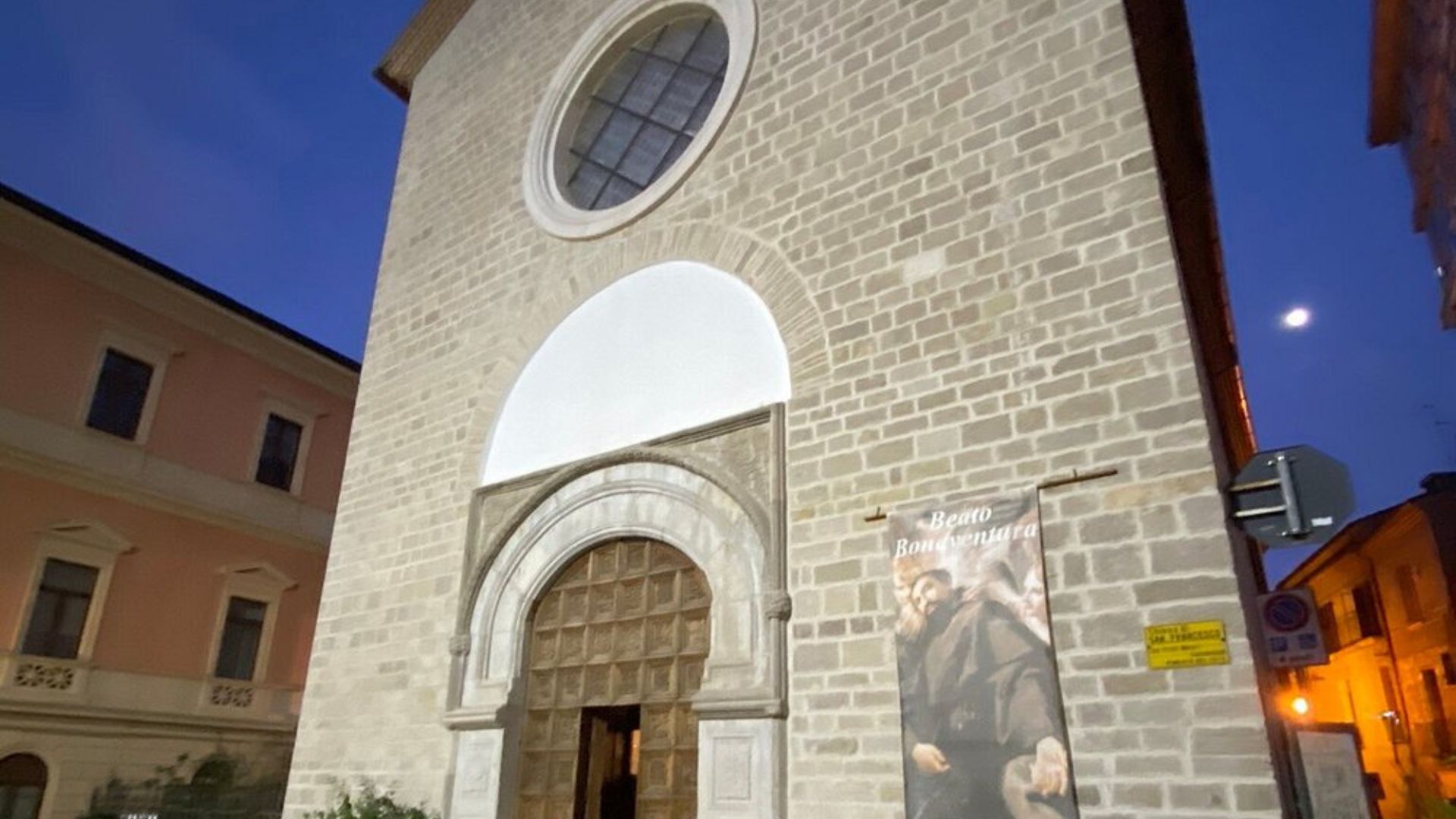
Safety Considerations and Risk Management
Blending escalator systems into Potenza’s historic landscape brings some tricky safety challenges. The city’s earthquakes and steep terrain mean officials have to get creative to keep public safety a priority, while still making everything accessible.
Earthquake Preparedness in Potenza
Potenza sits in a shaky part of Italy, so the city has taken earthquake safety seriously. After the 1980 Irpinia earthquake, they installed automatic shutdown systems that detect ground vibrations and stop the escalators right away.
These systems use emergency brakes that kick in within 0.3 seconds if they sense trouble.
Engineers designed flexible joints where escalators meet buildings, so everything can move a bit during a quake without breaking. I noticed the city uses backup generators, too, so if the power goes out, the escalators slow to a safe stop instead of jolting to a halt.
Potenza runs public education campaigns to show people how to exit safely in emergencies. They even hold quarterly drills so residents can practice using emergency exits and know where to gather.
Risk Evaluation and Mitigation Strategies
Twice a year, city officials check each escalator installation with detailed risk assessments. I’ve looked over their system—they check mechanical health, how people use the escalators, and even things like weather and foot traffic.
If a risk score gets too high, they trigger extra maintenance. The busiest escalators, especially those linking the old center with new districts, get more frequent inspections.
Potenza uses sensors to monitor wear and tear, which has cut mechanical failures by 78% since 2019. The city’s risk team studies escalator safety incidents from around the world to stay ahead of new problems.
They also slow the escalators automatically during rain or snow, since slippery steps can be a real hazard.
Public Safety Measures for Escalator Users
I’ve seen how Potenza tackles public safety with both clever design and a good dose of education. The yellow lines on the steps help people see where they’re walking, and those brush guards along the sides? They stop feet from getting caught, which can lead to nasty falls and, honestly, some pretty bad injuries.
Clear signs use universal symbols instead of just words, so even international visitors and little kids get the message. I love that emergency stop buttons sit at different heights—kids and folks in wheelchairs can reach them without trouble.
The city kicked off a school program that teaches kids safe escalator habits with hands-on demos. Security cameras keep an eye on every escalator, and operators look out for risky moves like running or trying to juggle huge bags.
Elderly residents can get free help navigating the system, too. Just press a call button at the entrance, and someone will come to assist.
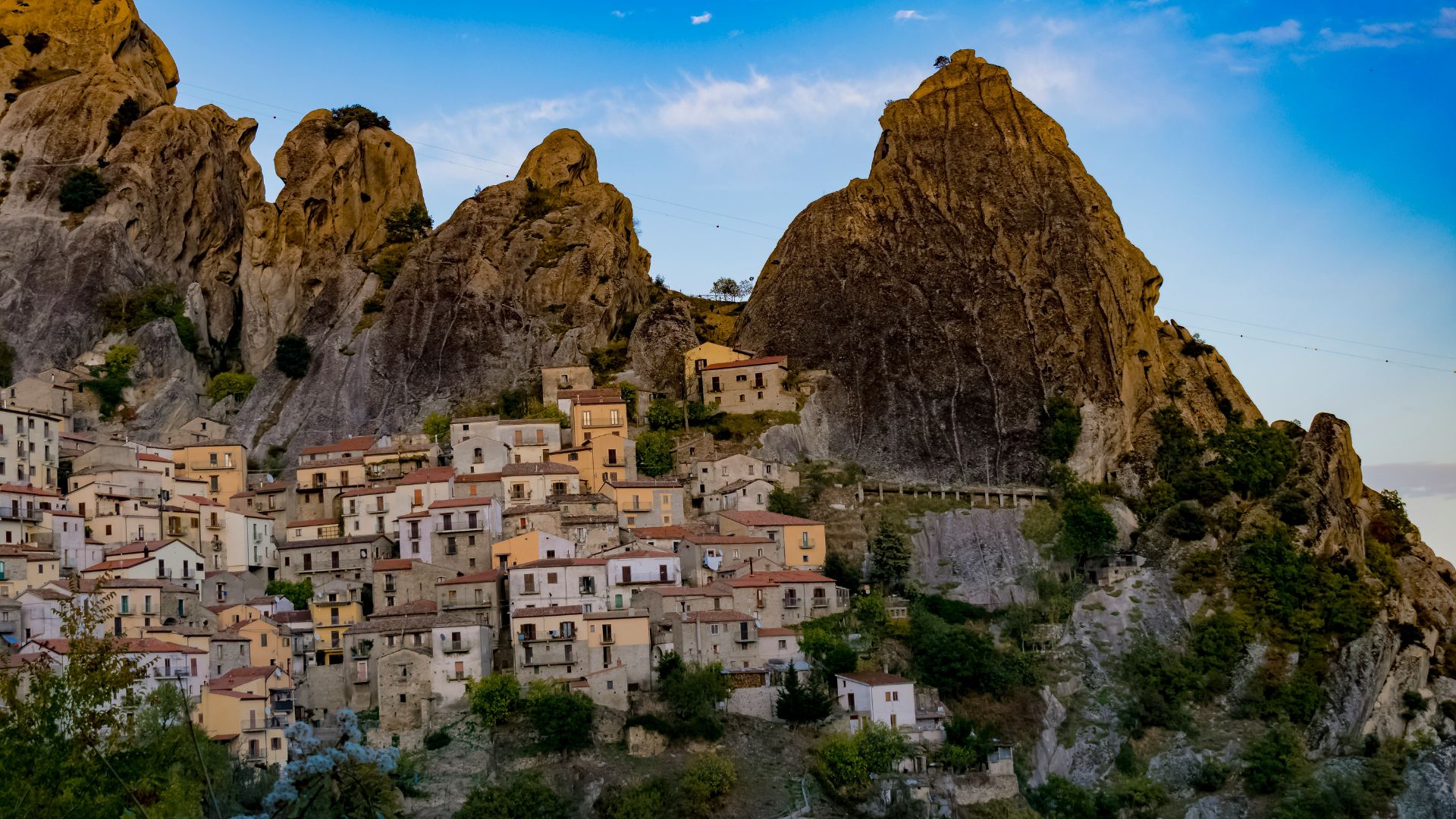
Potenza in a Wider Italian and European Context
Potenza really stands out in Italy—not just because it’s perched 2,700 feet above sea level, but for how it deals with those steep hills. The city’s 1.3-kilometer escalator system links the historic center with newer neighborhoods, giving Potenza its vibe among Italian and European cities.
Comparisons With Other Historic Cities
I’ve wandered through plenty of hill towns in Italy, but Potenza’s way of handling its slopes feels different. Other places, like Perugia and Orvieto, stick with funiculars or elevators, but Potenza put in this long, ambitious escalator network.
Medieval towns in Umbria deal with similar terrain but haven’t gone all-in on mechanical solutions. In Assisi, for example, most people still climb the steep streets on foot. It’s charming, sure, but not so easy for everyone to get around.
Bologna’s porticoes keep you dry in bad weather, but don’t solve the uphill struggle. Potenza’s escalators take on the height difference and, honestly, have become a tourist draw in their own right.
Notable Italian Vertical Solutions:
- Potenza: 1.3km escalator network (Europe’s longest)
- Perugia: MiniMetrò + escalators
- Naples: Funicolare system
- Genoa: Public elevators
Cultural Ties: Umbria, Ancona, and the Adriatic Coast
While exploring Potenza, I couldn’t help but notice its cultural links stretching beyond Basilicata. The medieval stone buildings and tight, winding streets remind me a lot of Umbrian hill towns.
Potenza’s creative approach to getting around the city echoes places like Ancona on the Adriatic coast. There, the city rises sharply from the port up to the hills, but their solutions aren’t quite as bold as Potenza’s escalators.
Even the food shows a bit of Adriatic flair. I’ve tasted seafood dishes here that borrow from coastal traditions, even though Potenza sits far from the sea. It just shows how trade and connection have shaped the city over the centuries.
International Visitors: Perspectives From the United Kingdom
British travelers I meet in Potenza usually seem surprised by how vertical the city is. The UK doesn’t have towns built across such steep terrain, so Potenza’s layout and transport options feel pretty novel to them.
A lot of UK tourists compare Potenza to places like Lincoln or Durham—those cathedral cities with big hills—but admit that Italy’s solutions go further. The escalator system catches their attention, especially since heritage rules at home often block new infrastructure.
“I’ve never seen anything like this at home,” a British tourist said to me while we rode the escalator together. “We’d never build something so modern right next to medieval buildings.”
UK travel blogs are starting to highlight Potenza as a kind of engineering wonder. The city now attracts British engineers and urban planners who want to see how historic towns can blend modern mobility with old-world charm.
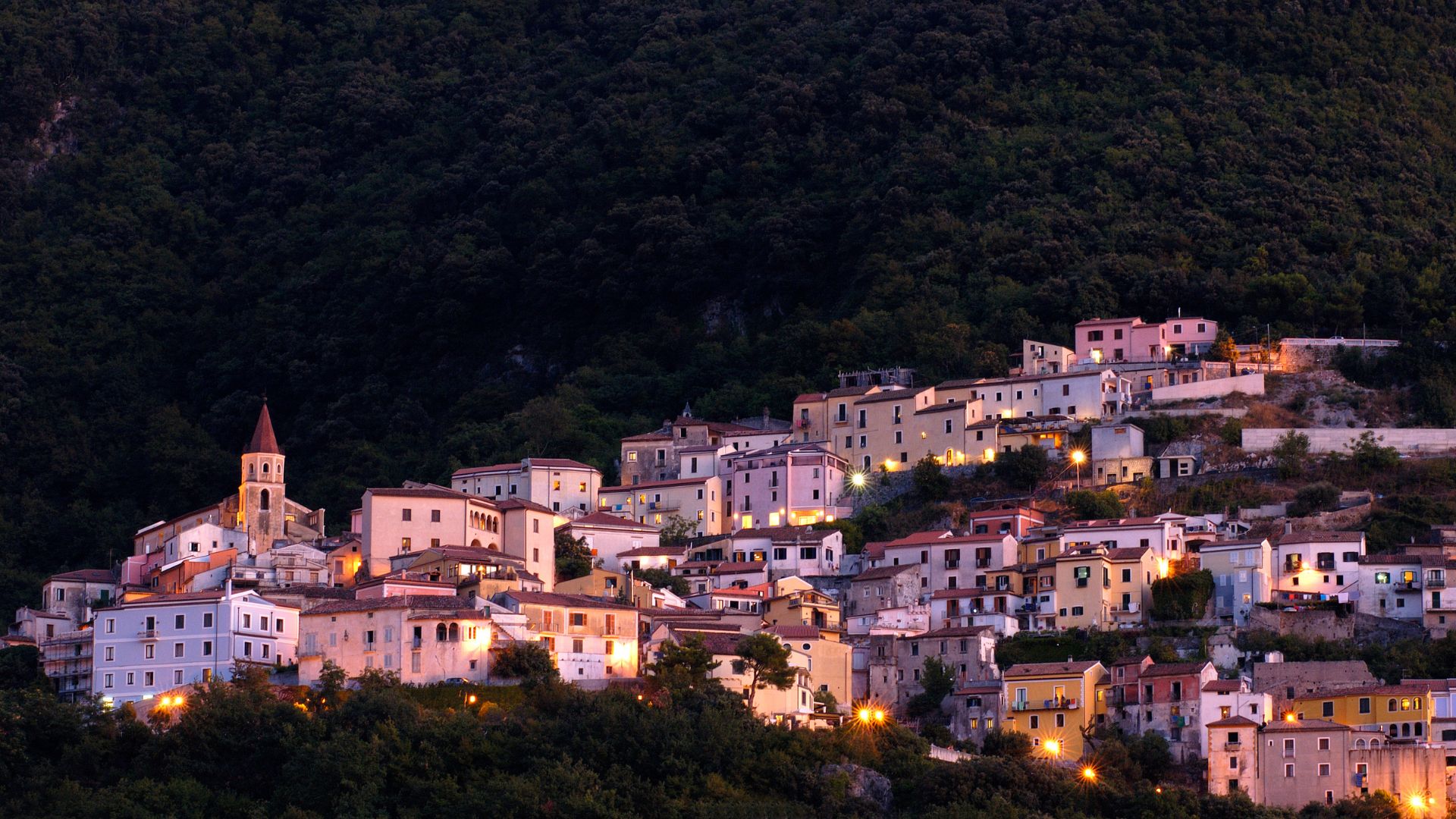
Daily Life, Community, and the Future of Potenza
Potenza’s mountain setting shapes everything, from daily routines to deep-rooted traditions. The vertical cityscape shows off how adaptable and resilient the locals are.
Farmers and Local Economy
Whenever I stroll through Potenza’s markets, I can’t help but notice the bustling agricultural scene. Farmers haul in fresh produce from the valleys, keeping the city’s food culture alive as they have for centuries.
Terraced farms cling to the hillsides, growing olives, grapes, and vegetables that fill local tables. Many families still tend small plots outside town—a tradition handed down for generations.
On market days, the city squares burst into life. Farmers set up wooden tables piled high with whatever’s in season—juicy tomatoes in summer, earthy mushrooms when autumn rolls around.
These markets are more than just places to buy food. They’re social hubs where city folks and farmers connect, strengthening ties between Potenza’s urban and rural communities.
Role of Twins and Family Traditions
Family runs deep in Potenza, and twins hold a special place in local culture. The “Festa dei Gemelli” brings twins from all over the region together every year—it’s quite the celebration.
I’ve seen twins working side by side in several family-run restaurants. Usually, one handles the kitchen while the other greets customers and keeps things running out front.
Big, multi-generational families are still the norm here. Sundays mean everyone climbs the city’s many stairs to gather at grandparents’ homes for a shared meal.
These strong family bonds help keep Potenza’s unique character alive, even as the city modernizes.
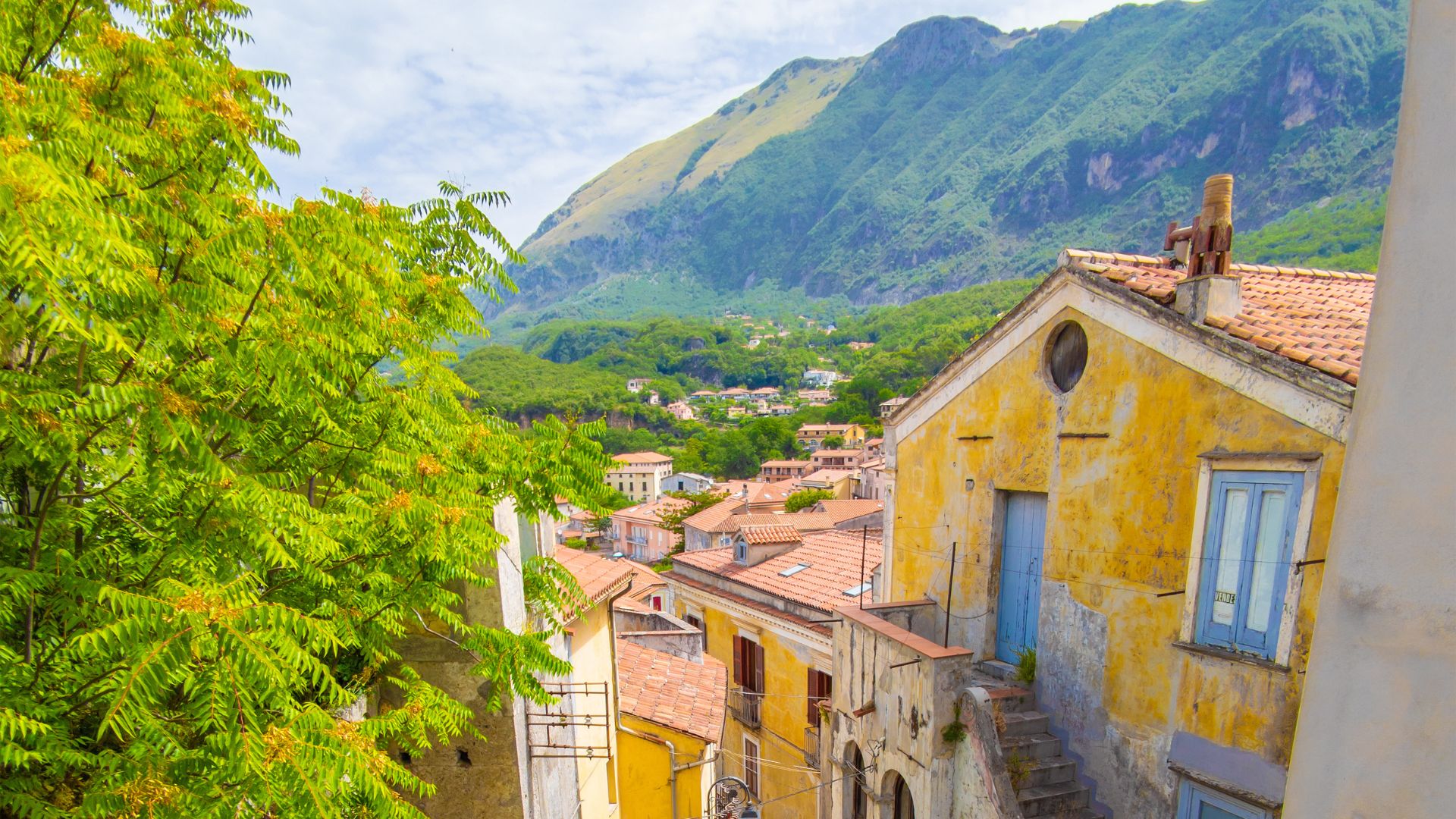
Modern Developments and Community Initiatives
Potenza’s changed a lot in recent years. The city built an escalator system that links the ancient levels, and suddenly, getting around isn’t such a hassle, especially for older residents who used to dread those steep hills.
I’ve jumped into a few community projects myself. Local groups roll up their sleeves to restore old buildings, but they’re careful to add modern touches that fit the city’s vibe.
Lately, digital nomads have started showing up. They’re here for the upgraded internet and, honestly, the mountain views don’t hurt. It’s shaking things up and opening up some new jobs around town.
Urban gardens are popping up in spots that used to be forgotten. Neighbors of all ages dig in together, and now there’s fresh food growing right in the city.
Potenza’s finding its way forward, somehow keeping its old-world charm while trying out new ideas. Sustainable tourism is on the rise, and people want to see the city’s wild vertical streets—but without crowding out what makes them special.

